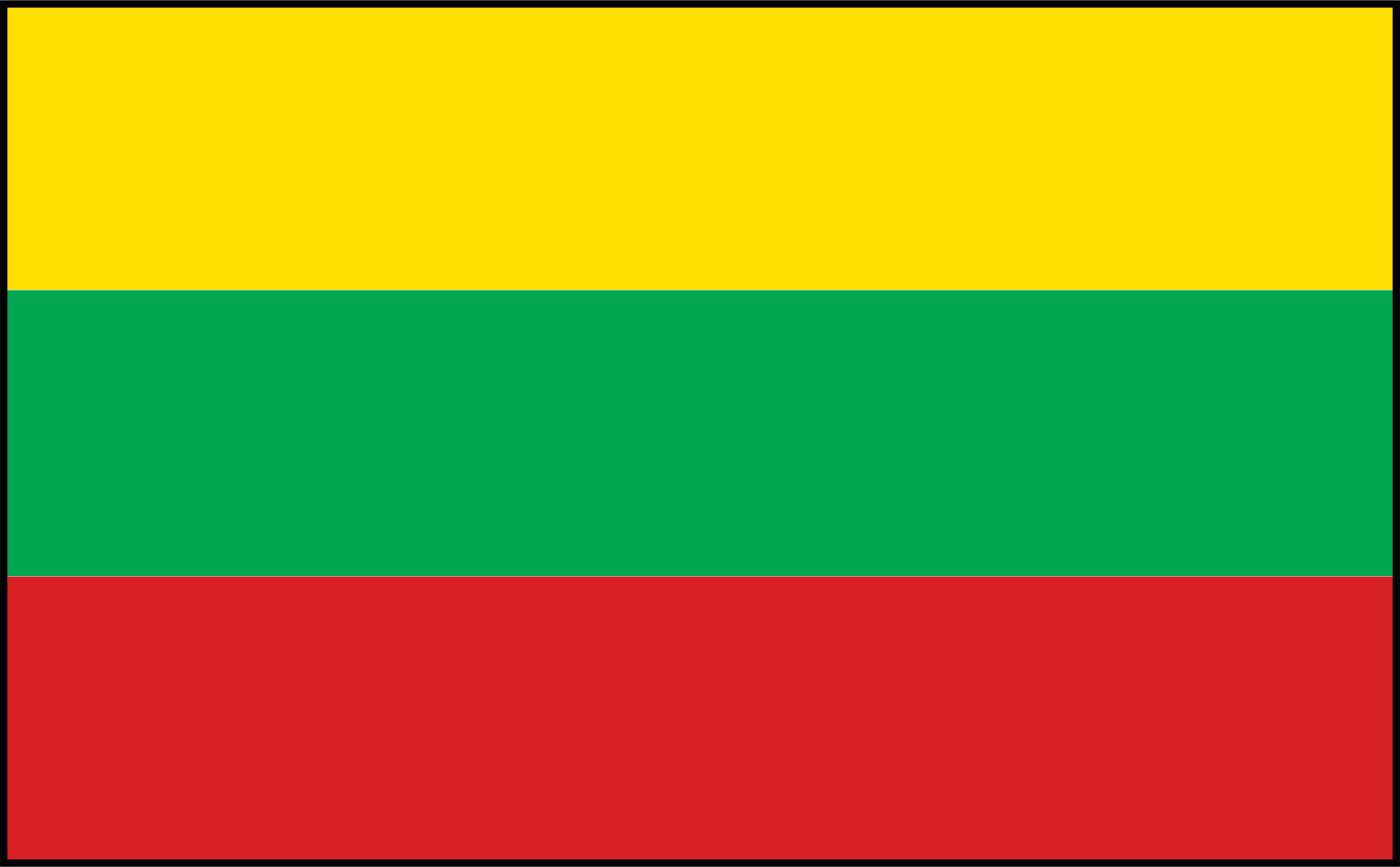Interesting Lithuania Facts
Lithuania is a coastal country located in Northern Europe where it is bordered by Belarus, Latvia, Poland, Russia and the Baltic Sea. It spreads across 65,300 km2 of land. It is estimated that the population of Lithuania is in excess of 2,890,297.
Learn interesting Lithuania facts and information about this European country with our fact file for kids. Identify important facts about the location, currency, flag, continent, language, population, size, climate, people, geography, landscape, landmarks and culture of Lithuania.
Find out important information about Europe with our interesting Lithuania facts for kids based on questions such as: What continent is Lithuania in? What is the population of Lithuania? What is the climate like in Lithuania? What are the major cities of Lithuania? What is Lithuania famous for?
Lithuania Fact File: Continent: Europe * Country Name(s): Lithuania, Republic of Lithuania * Location: Northern Europe * Bordering: Belarus, Latvia, Poland, Russia and the Baltic Sea * Capital City: Vilnius * Size: 65,300 km2 * Estimated Population: over 2,890,297 * Currency: Euro (EUR) * Language(s): Lithuanian * Country Code: +370
Interesting Lithuania Facts for Kids
Interesting Facts for Kids 1: Size & location facts
Lithuania belongs to the continent of Europe, where it has a coastal position and is bordered by Belarus, Latvia, Poland, Russia and the Baltic Sea. There are seven continents in the world: Asia, Africa, North America, South America, Europe, Antarctica, Australia (Oceania). Europe is the second smallest continent in the world, it has 51 countries, with some countries belonging to both Europe and Asia, stretches across a total area size of 10,180,000 km2 and forms 6.8% of the landmass of the world. Lithuania is a coastal country that stretches across a total area of approximately 65,300 km2. It is one of the smaller countries in mainland Europe. The size of Lithuania is very similar to Latvia.
Interesting Facts for Kids 2: Population facts
The population of this European country is in excess of 2,890,297 people. The majority of Lithuania's inhabitants reside in Vilnius which is the country's most populous city. Lithuania has an average population when compared to most other countries across the world, its overall population density is approximately 49 people per sq km. The estimated population of Europe is approximately 738,442,000 inhabitants, making it the continent with the second smallest population in the world. The continents in order of population, starting with highest population first, are: Asia, Africa, North America, South America, Europe, Australia (Oceania Region) and Antarctica. The total population of the entire world is in excess of 7.6 billion people.
Interesting Facts for Kids 3: Capital & major cities
The capital of Lithuania is Vilnius. The names of other major cities located in this country are Kaunas, Klaipėda,Šiauliai, Panevezys and Alytus.
Interesting Facts for Kids 4: Country borders
The following border information provides details on the length of Lithuania's borders:
Coastline 90 km, Belarus 640 km, Latvia 544 km, Poland 104 km, Kaliningrad (Russia exclave) 261 km.
Interesting Facts for Kids 5: Climate and geography facts
Lithuania has a continental climate characterized by cold, wet winters and moderate, dry summers. The geography of Lithuania is formed of lowland areas, fertile central plains, hilly uplands and lakes. The lowest point of Lithuania is the Baltic Sea at 0m, and the highest point of elevation is Aukstojas at 294m.
Interesting Facts for Kids 6: Natural Resources of Lithuania
Natural resources are materials and substances that can be found occurring naturally on Earth. Natural resources are very important across the world, and can be exploited for economic gain. The level of resources that occur naturally in an individual country are influenced by varying factors such as the geography, climate and location of that country. Some countries are very rich in natural resources, where as others have limited to none. Countries that have particularly rich resources include Russia, The United States, Saudi Arabia and Canada. Food, transport and construction are three of the primary uses of natural resources. For example, fish is a naturally occurring resource that can be caught for food consumption. Crude oils can be refined into different types of fuels in order to power vehicles/cars. Wood/timber from forests can be used to build homes and furniture. The natural resources found in Lithuania include peat, arable land suitable for growing crops and amber.
Interesting Facts for Kids 7: Language facts
The official language of Lithuania is Lithuanian. Other languages that are spoken in this country include Russian and Polish.
Interesting Facts for Kids 8: Religion facts
The primary religion of Lithuania is Roman Catholic at approximately 77% of the population. Around 4% are Russian Orthodox. The remaining population either belongs to other religions or no religion at all.
Interesting Facts for Kids 9: Symbols of Lithuania
Each country has its own individual culture, history and identity. Flags, emblems, symbols, colors, anthems, songs and mottos represent the national pride and identity of countries across the globe. These national symbols are forged through a nation's unique history and can represent both hardship and prosperity, embodying freedom, strength and unity. Flags, emblems, colors, songs and mottos reflect the past, present and future aspirations of a country, and create an important image to the rest of the world. National symbols can include a mixture of things that are symbolic to a nation such as wildlife, plants, geographical features, crops, tools of agriculture, and tools of war. The following facts depict some of the national symbols, songs and colors that are important to Lithuania:
National symbol(s): mounted knight known as Vytis (the Chaser), white stork
National colors: yellow, green and red
National Anthem/Song: Tautiska giesme (Translation: The National Song)
National Holiday(s): Independence Day 16 February (1918)
National Motto(s): Laisve, vienybe, gerove (Translation: Freedom, Unity, Prosperity)
